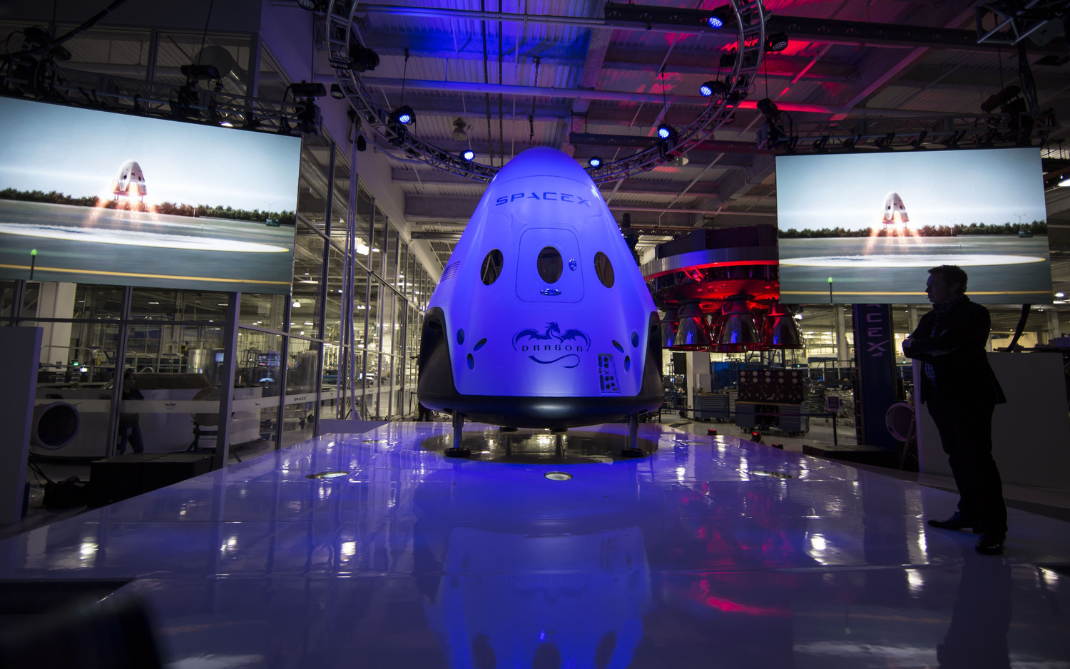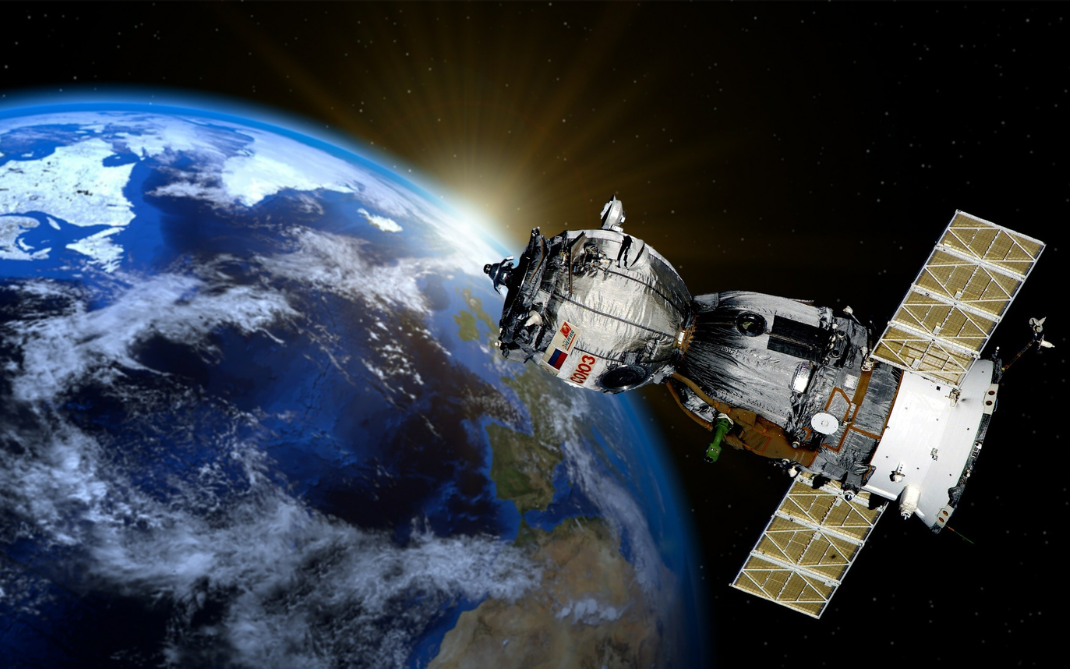The Digital Twins Engineer for Space is a highly specialized professional responsible for creating, managing, and maintaining detailed virtual models of space systems and components using digital twin technology. Their role focuses on creating digital replicas of satellites, spacecraft, space stations, rovers, and other space infrastructures that simulate and monitor the behavior and performance of these assets in real-time. By utilizing large volumes of data from sensors and communication systems, this engineer is responsible for designing accurate models that can predict system behavior, conduct performance tests, and manage predictive maintenance of space equipment. The ideal candidate for this position requires advanced knowledge in engineering, 3D modeling, simulation, data analysis, and emerging technologies, with a particular focus on the space industry and the ability to work in highly technical environments.

The use of digital twins in the space industry is rapidly growing due to their ability to enhance safety, optimize operations, and reduce mission costs. According to NASA, digital twins allow for unprecedented accuracy in simulating and predicting the behavior of space systems, which is crucial for long-duration missions such as those planned for Mars exploration. Companies like SpaceX and the European Space Agency (ESA) have started implementing this technology to manage space infrastructures such as satellites and space stations, allowing for real-time diagnostics and updates without the need for physical interventions. On a global scale, one of the major challenges in this field is creating highly accurate digital twins that can replicate the extreme conditions of space, such as microgravity, radiation, and extreme temperatures. Additionally, managing the large volumes of data generated by these models is another critical challenge for digital twin engineers.
Technology is dramatically transforming the role of the Digital Twins Engineer for Space, allowing for more detailed and real-time simulation of space systems. Advances in artificial intelligence, predictive analytics, and cloud computing are enabling the creation of digital twins that not only replicate system behavior but also anticipate failures before they occur, thus optimizing equipment performance. The integration of advanced sensors in satellites and spacecraft allows for real-time data feeding into the digital twins, improving simulation accuracy and providing continuous monitoring of system health. Moreover, quantum computing and machine learning algorithms are starting to be applied to enhance the efficiency and predictive capacity of digital twins, opening new possibilities for managing complex space missions. Digital twin engineers must stay up to date with these technological advancements to create more precise, efficient, and adaptable models, contributing to the optimization of space missions and reducing associated risks.
If you are thinking about what to study, do not hesitate and discover with Singularity Experts, which high school, vocational training, university degree and job with high employability best fits your skills and interests.
